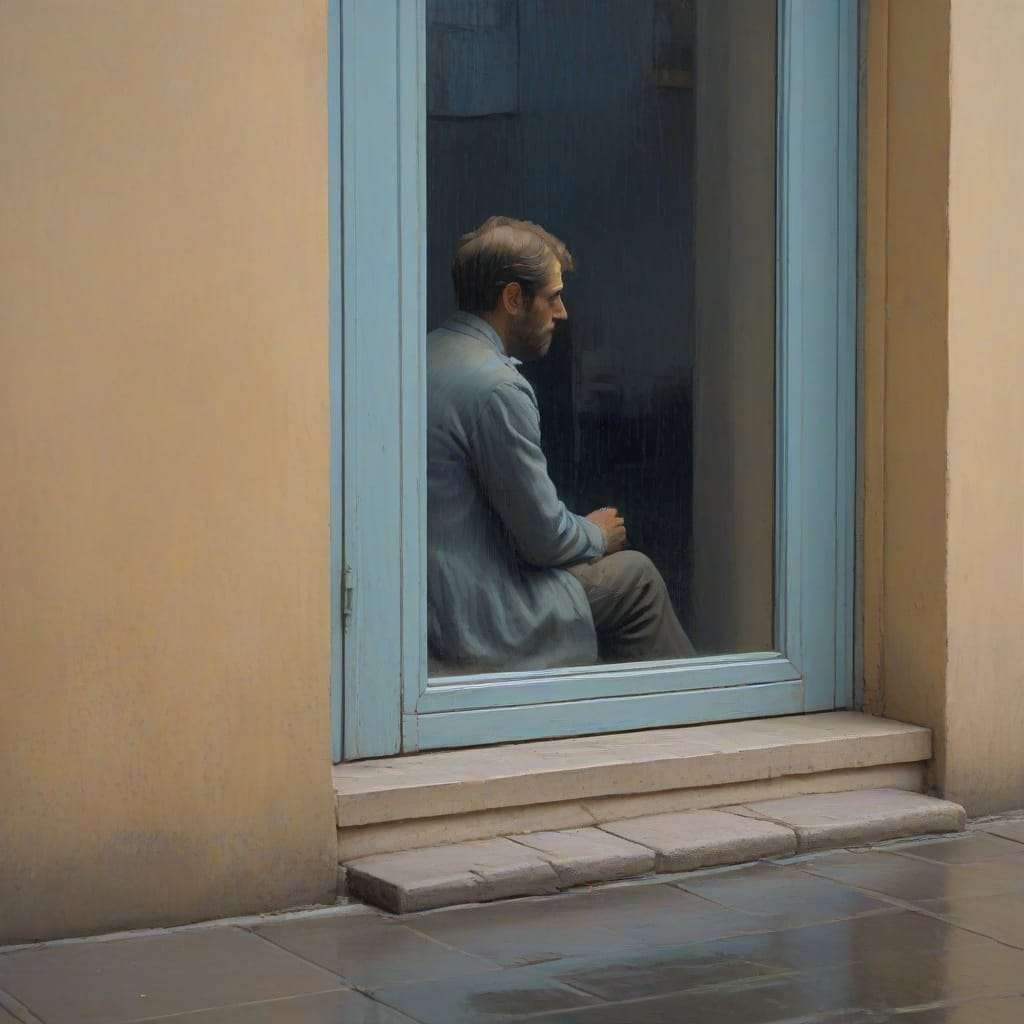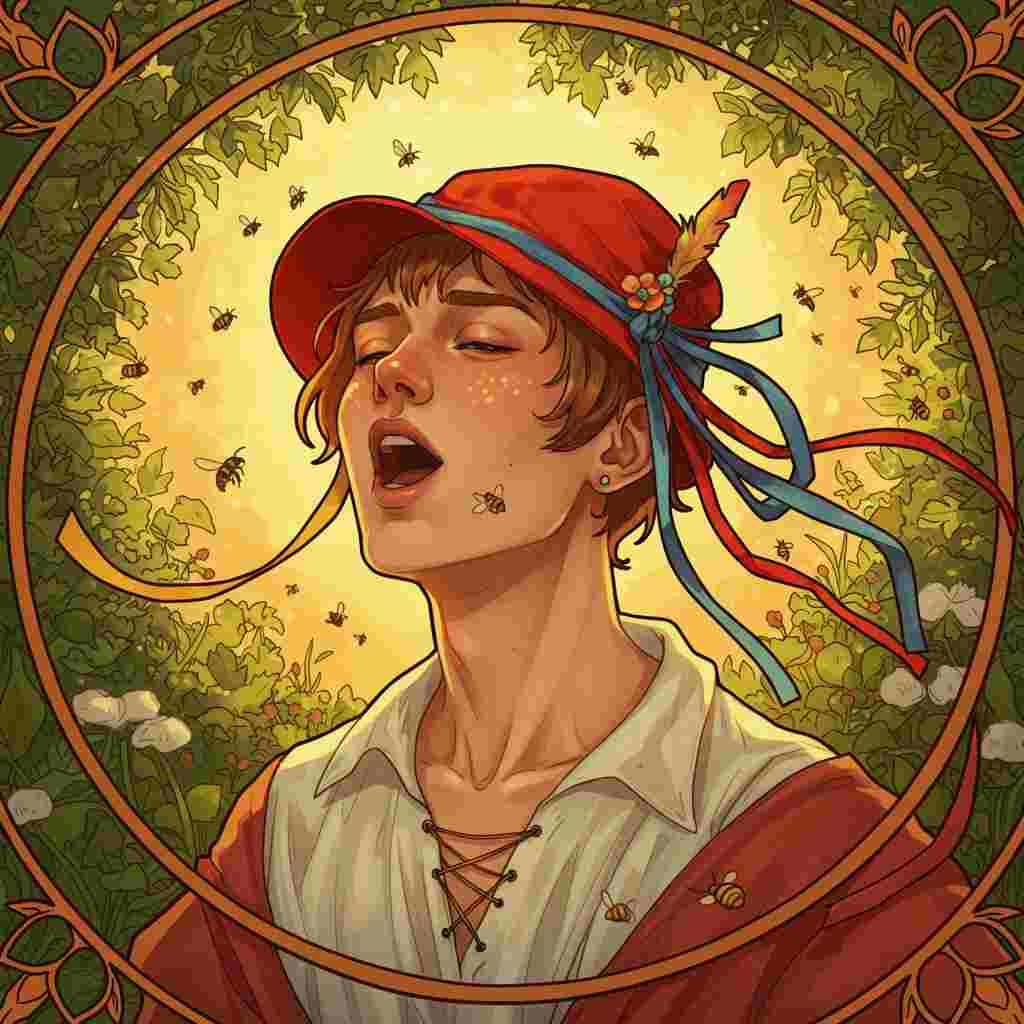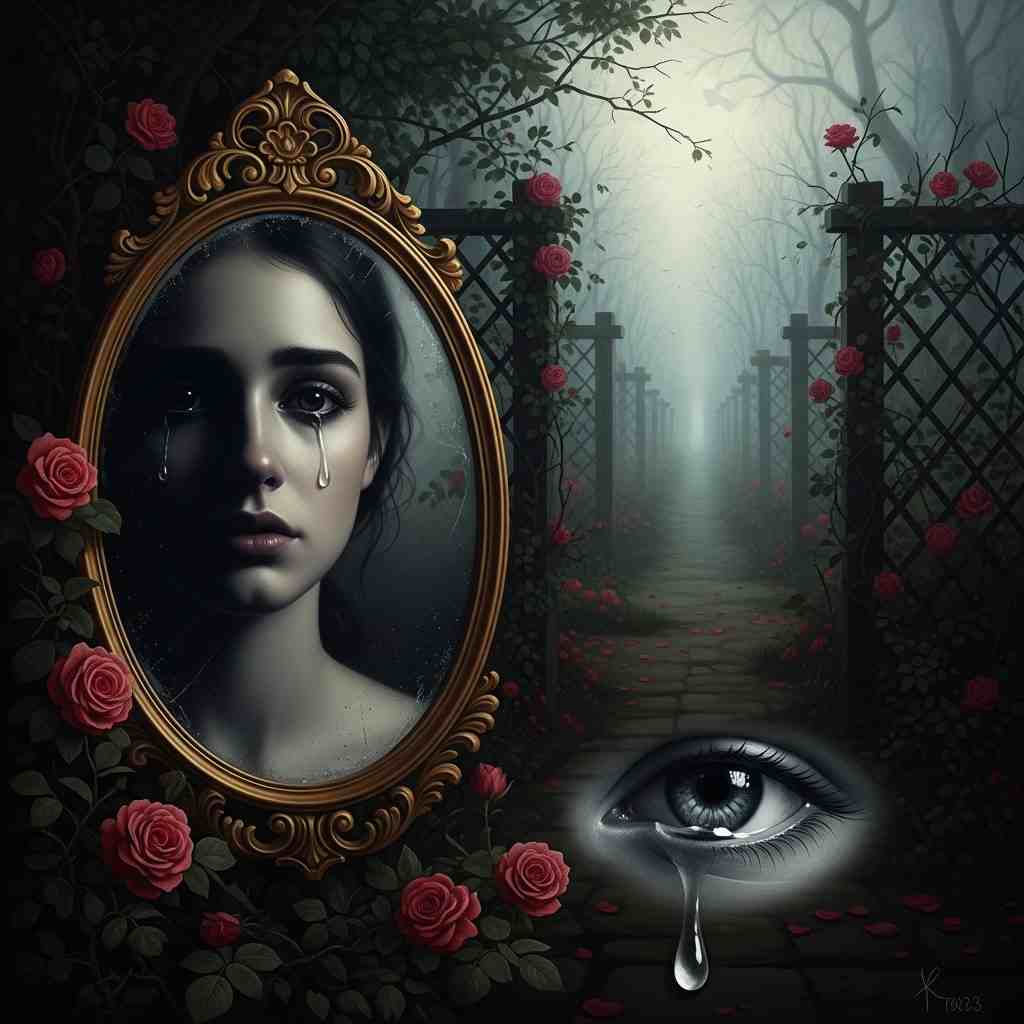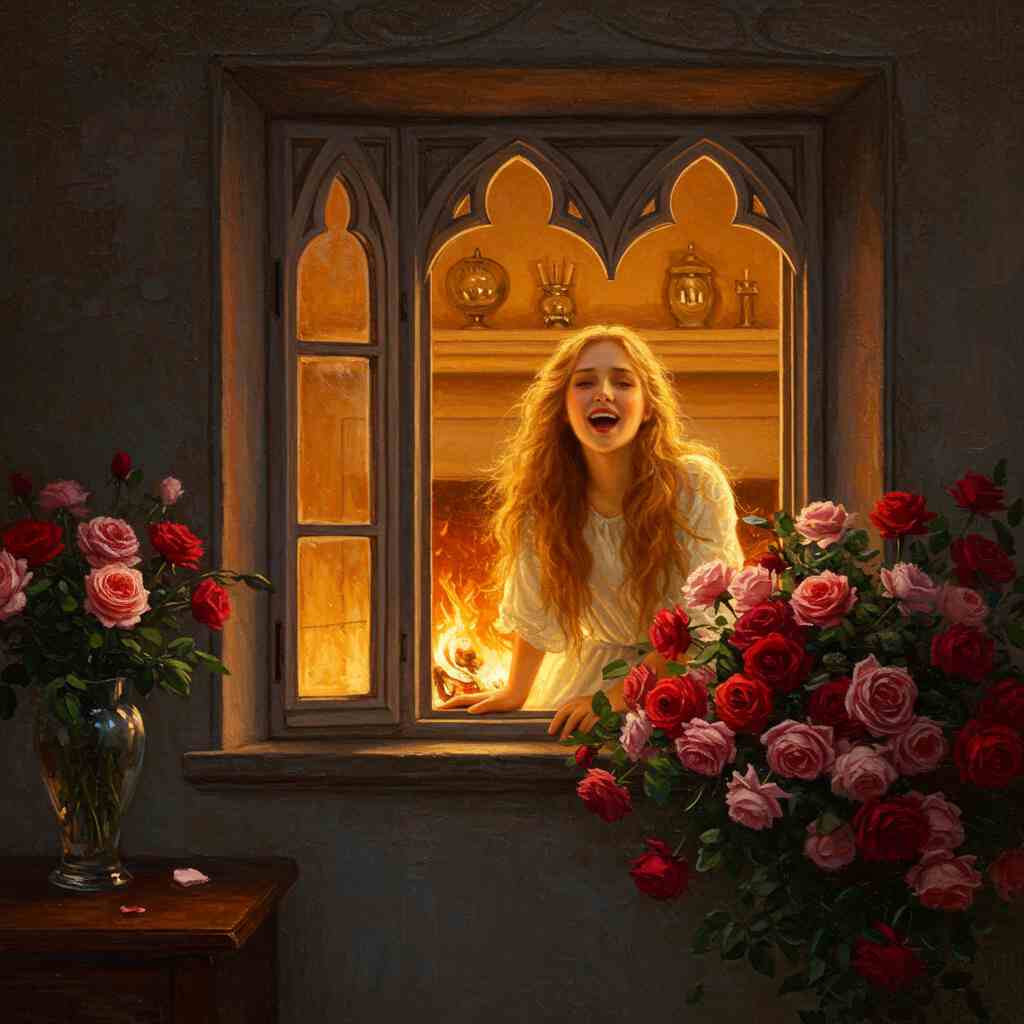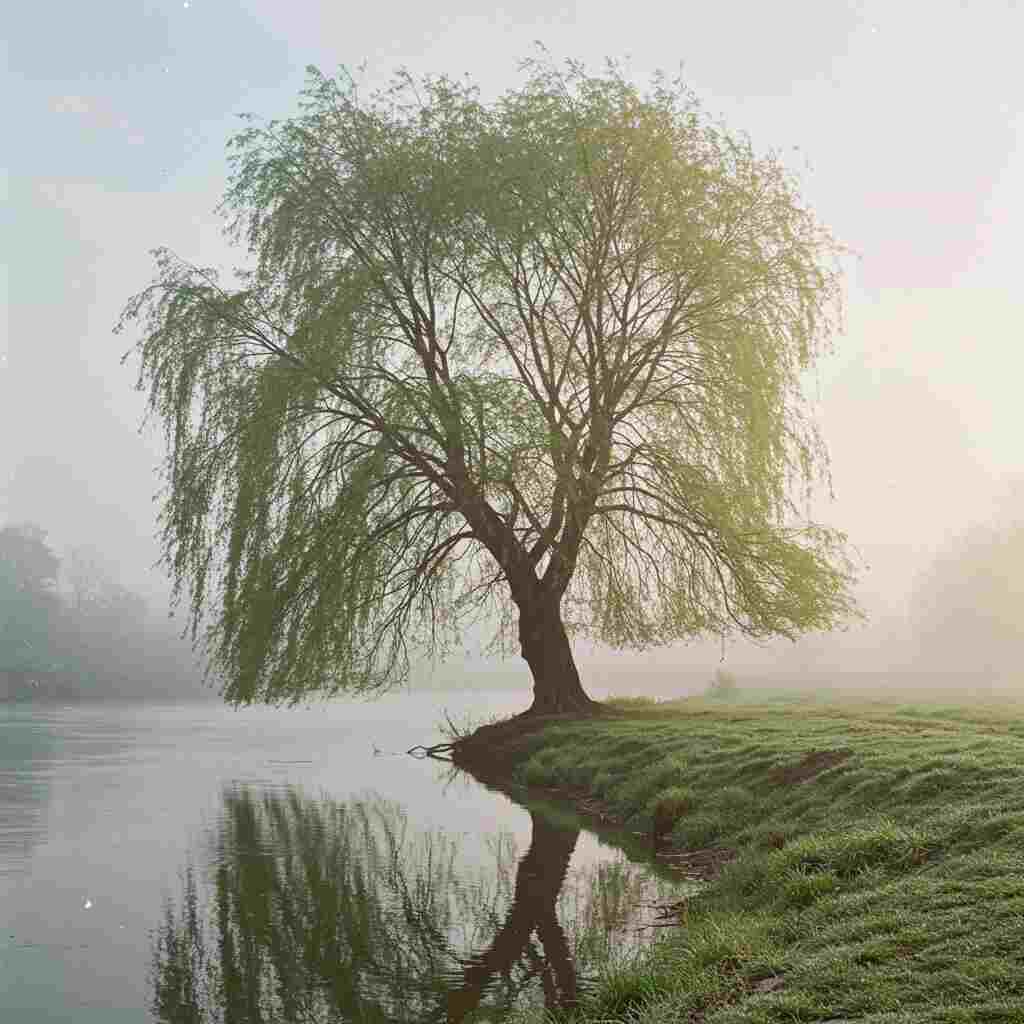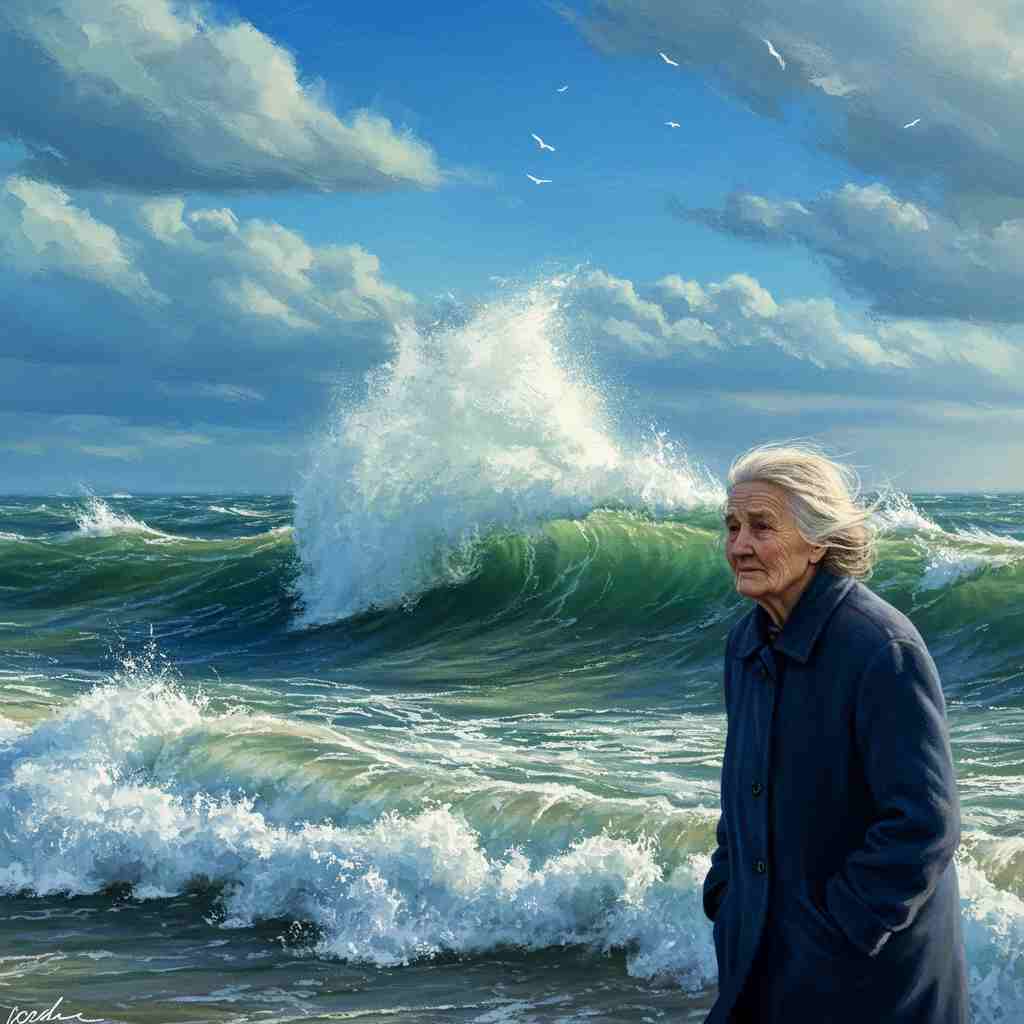11 Poems by James Joyce
1882 - 1941
James Joyce Biography
James Joyce, born on February 2, 1882, in Rathgar, a suburb of Dublin, Ireland, stands as one of the most influential and controversial writers of the 20th century. His innovative approach to language, narrative structure, and literary form revolutionized modern literature and continues to challenge and inspire readers and writers alike.
Joyce was the eldest of ten surviving children in a family that struggled with financial difficulties throughout his youth. His father, John Stanislaus Joyce, was a talented singer and raconteur but an irresponsible spendthrift whose inability to maintain steady employment led to the family's gradual descent into poverty. This decline would have a profound impact on Joyce's writing, particularly in his semi-autobiographical novel "A Portrait of the Artist as a Young Man."
Despite the family's financial troubles, Joyce received an excellent education at Clongowes Wood College and later at Belvedere College, both prestigious Jesuit schools in Dublin. It was during these formative years that Joyce's prodigious intellect and literary talents began to emerge. He excelled in his studies, particularly in languages and literature, and began to develop the critical and skeptical attitude towards Irish society, politics, and religion that would characterize much of his later work.
In 1898, Joyce enrolled at University College Dublin, where he studied modern languages, particularly English, French, and Italian. During his university years, he became increasingly involved in literary and theatrical circles, writing book reviews and essays for various publications. It was also during this time that Joyce began to develop his ideas about aesthetics and the role of the artist in society, ideas that would later find full expression in his novel "A Portrait of the Artist as a Young Man."
After graduating in 1902, Joyce briefly attempted to study medicine in Paris but soon abandoned this pursuit to focus on his writing. He returned to Dublin in 1903 due to his mother's terminal illness, a period that would later be fictionalized in his short story "The Dead," the final and most acclaimed piece in his collection "Dubliners."
In 1904, Joyce met Nora Barnacle, a young woman from Galway who would become his lifelong partner and eventual wife. On June 16, 1904 – a date now celebrated as "Bloomsday" by Joyce enthusiasts worldwide – Joyce and Nora went on their first outing together, a date that would later serve as the setting for his monumental novel "Ulysses."
Later that year, Joyce and Nora left Ireland for continental Europe, beginning a period of self-imposed exile that would last for most of Joyce's life. They settled first in Pola (now Pula, Croatia), then in Trieste, Italy, where Joyce taught English at the Berlitz School. It was during these years in Trieste that Joyce began work on many of his major works, including "Dubliners," "A Portrait of the Artist as a Young Man," and the early drafts of "Ulysses."
"Dubliners," a collection of fifteen short stories, was Joyce's first major work. Although completed in 1905, it wasn't published until 1914 due to concerns from publishers about its frank treatment of Irish social and political issues. The stories in "Dubliners" are linked by their shared setting and themes, offering a penetrating critique of early 20th-century Dublin life and introducing Joyce's concept of an "epiphany" – a moment of sudden insight or revelation.
"A Portrait of the Artist as a Young Man," published in 1916, marked Joyce's transition from the relatively conventional narrative style of "Dubliners" to the more experimental techniques that would characterize his later work. The novel traces the intellectual and philosophical awakening of Stephen Dedalus, Joyce's fictional alter ego, from his early childhood through his university years. The novel's innovative use of stream-of-consciousness narrative and its exploration of themes such as Irish nationalism, Catholicism, and artistic vocation established Joyce as a major figure in the modernist movement.
Joyce's masterpiece, "Ulysses," was published in 1922 after serialization in the American journal "The Little Review." Set on a single day, June 16, 1904, the novel follows the wanderings of Leopold Bloom through Dublin, loosely paralleling the adventures of Odysseus in Homer's "Odyssey." "Ulysses" is renowned for its experimental prose style, employing a wide range of literary techniques including stream of consciousness, parody, and an exhaustive system of symbolic correspondences. The novel's frank depiction of sexuality and bodily functions led to its being banned in several countries, including the United States and United Kingdom, for over a decade after its publication.
Joyce's final work, "Finnegans Wake," published in 1939, represents the culmination of his experiments with language and narrative form. Written over a period of seventeen years, the novel is characterized by its highly idiosyncratic language, blending standard English vocabulary with neologisms, puns, and allusions drawn from dozens of languages. The novel's circular structure and dreamlike narrative have made it one of the most challenging works in the English language canon.
Throughout his career, Joyce suffered from increasingly severe eye problems, undergoing numerous surgeries and periods of near-blindness. Despite these physical challenges, he continued to write and revise his work with the assistance of friends and family, particularly his devoted wife Nora.
Joyce died on January 13, 1941, in Zurich, Switzerland, where he had fled with his family to escape the Nazi occupation of France. His legacy as one of the most innovative and influential writers of the 20th century was already secure, and his works continue to be the subject of intense scholarly study and debate.
James Joyce's writing is characterized by its linguistic virtuosity, its deep engagement with Irish history and culture, and its revolutionary approach to narrative form. His works have had a profound impact on subsequent generations of writers and continue to challenge and inspire readers around the world. Joyce's exploration of the human psyche, his masterful use of stream-of-consciousness technique, and his unparalleled ability to capture the rhythms and nuances of everyday speech have earned him a place among the greatest writers in the English language.
This text was generated by AI and is for reference only. Learn more
Username Information
No username is open
Unique usernames are free to use, but donations are always appreciated.
Quick Links
© 2024-2025 R.I.Chalmers (V2Melody).

All music on this site by R.I.Chalmers (V2Melody) is licensed under a Creative Commons Attribution-NonCommercial 4.0 International License.
Attribution Requirement:
When using this music, you must give appropriate credit by including the following statement (or equivalent) wherever the music is used or credited:
“Music by R.I.Chalmers (V2Melody) – https://v2melody.com”
Support My Work:
If you enjoy this music and would like to support future creations, donations are always welcome but never required.
Donate


